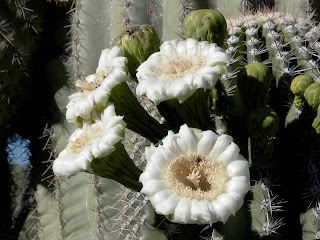I live in an insulated world. Air conditioning. Closed windows. I walk into my garage, open the door and drive my air conditioned car to work. I walk about fifty feet from the covered parking to the door of the office. My life is a series of moving from one air conditioned environment to another.
Every so often, I go outside. Hmmm. What is that bright light in the sky. Some one should do something about the temperature, it is really hot. I wouldn't mind it if they would turn down the blowing air. What are those white blobs in the sky? I don't remember seeing them before. I heard someone talking about clouds. Maybe those are clouds? I guess its time to go back inside, I've had enough fresh air and clouds and sky and sun and stars for a while. I wonder why I feel like a worm?





































.jpg)
+Apr+3,+2003+6-41+PM.jpg)

+Apr+3,+2003+9-12+PM.jpg)




